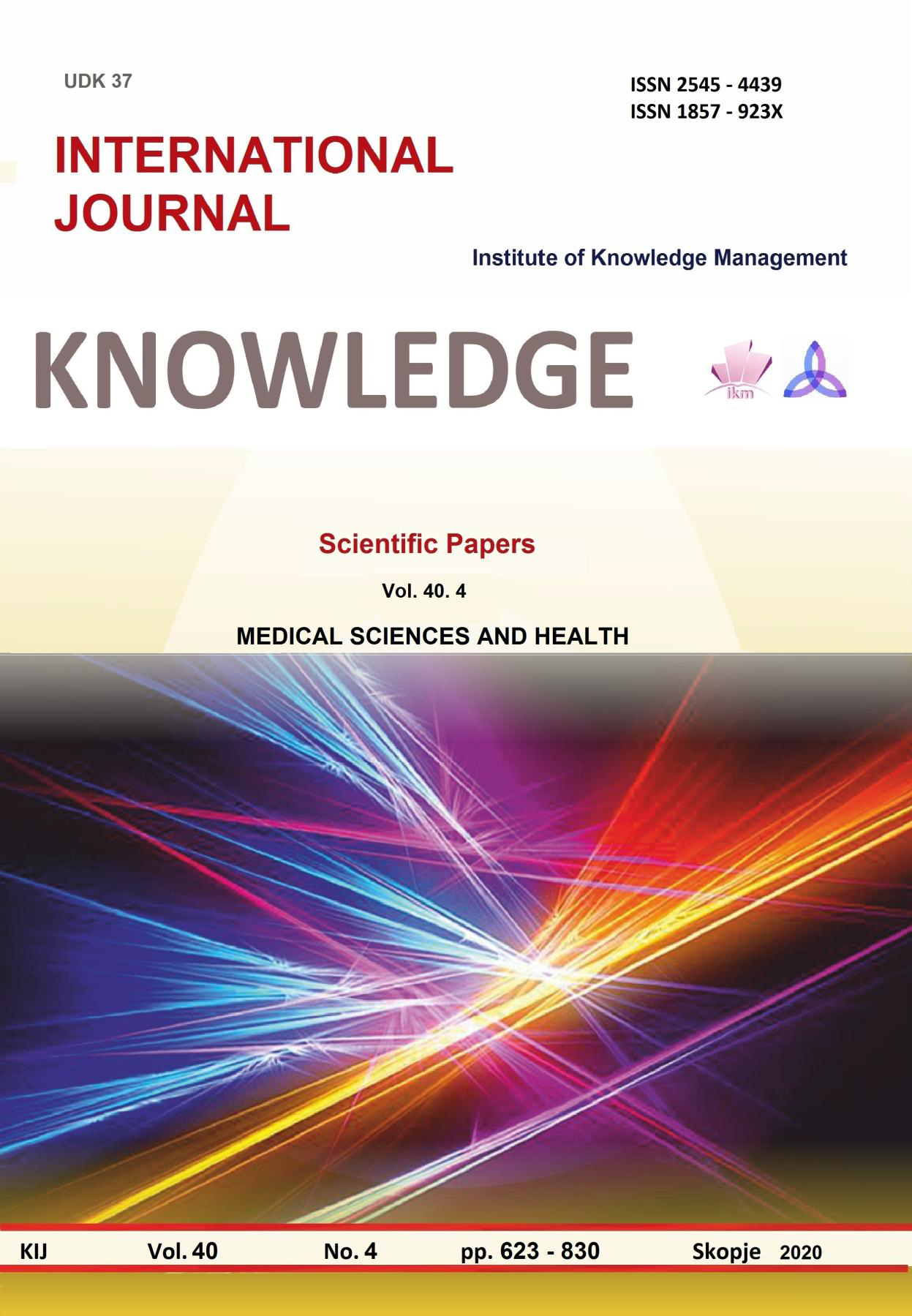WHERE IS THE FOCUS OF SURGICAL ACTIVITIES IN BREAST CANCER IN BULGARIA?
WHERE IS THE FOCUS OF SURGICAL ACTIVITIES IN BREAST CANCER IN BULGARIA?
Author(s): Darina MinevaSubject(s): Social Sciences
Published by: Scientific Institute of Management and Knowledge
Keywords: breast cancer; quality of hospital activity; Pareto principle; Pareto principle imbalance.
Summary/Abstract: At a round table in October 2019, data on the volume of surgery for breast cancer in Bulgaria were presented in the lobby of Alexandrovska Hospital. It was found that in the previous year there were hospitals that registered only one to two or three surgical interventions. Maintaining this status quo on the health care system would be destructive tothe quality of surgery and patient safety. In the search for a tool to correct the situation, it is necessary to determine where the activity is focused. The article presents a study of the distribution of breast cancer surgery among hospitals in Bulgaria. Aim:Determine which hospitals focuses on breast cancer surgery in Bulgaria.Methods:Based on the statistics of surgery for breast cancer in Bulgaria, for four years, the Pareto principle has been applied to identify the leading surgical units in the country. Results: Statistics on the operative activity for breast cancer in stage Tis 1-4, N0-2 M0-1 are presented, with a total of one hundred and nineteen hospitals of different ownership being examined. Of these, thirty-nine are private hospitals, twenty-four are university, ten are specialist oncology hospitals, seventeen are regional, sixteen are municipal, six are departmental and seven are comprehensive cancer centers.In the Pareto analysis, illustrated in the Pareto diagram, hospitals are sorted by type of property on the abscissa axis (we consider this to be the cause of the problem), and the volumes of surgery are quantitatively expressed in the ordinate, both in numerical form and in cumulative form. Discussion: At eighty percent of the cumulativevalue, the so-called "reporting line" may be included to indicate where the 80/20 rule applies. The few vital factors that need the most attention are below 80% of the reporting line. Below the reporting line are the data from the operative activity for breast cancer at university hospitals, complex oncology centers, private hospitals and part of specialized hospitals. More specifically, their activity represents 85% of the activity of the hospitals examined during the four-year period under review. The remaining 15% of the activity is carried out by part of the specialized hospitals, district, municipal and departmental hospitals. Under the principle of "the most important 20% of 20%", it is found that 85% of the activity is carried out by university hospitals, complex oncology centers and part of private hospitals, and 15% by specialized hospitals.Surgery for Tis 1-4 Breast Cancer Stage 1-4, N0-2 M0-1, for the four-year period 2016-2019, focuses on three to four large groups of hospitals -university, comprehensive cancer centers and part of the specialized oncology hospitals. They focus all resources: material, equipment and equipment, financial, human capital, including knowledge, experience and long-standing efforts of society. The latter is based on a continuous continuous process of high-level investment and support in a professional and educational aspect. With this volume of activity, hospitals at district and municipal level would not be able to maintain high quality capacity.Conclusions:The studyfound an imbalance of eighty-five percent to fifteen percent, which is outside the standard ratio of eighty percent to twenty percent. Of the most important twenty percent of the twenty percent, the survey reported fifteen out of fifteen percent. The imbalance is due to the chaotic transformation of the healthcare market over the last twenty years, where private-owned healthcare establishments are ―displacing‖, planned, specialized structures created twenty years ago, and thus creating new market niches.The Pareto principle applied to the study of surgery over the four-year period gives an indirect idea of the distribution of resources in the health system of Bulgaria: territorially, in the form of ownership, occupying or seizing market niches, forming newentities in the health market. In Bulgaria, the resources for performing breast cancer surgery are concentrated in three to four types of hospitals, with the remaining risk of lower quality provision.The Pareto principle is not absolute because of a natural imbalance. Eighty percent reporting line should be considered conditional.
Journal: Knowledge - International Journal
- Issue Year: 40/2020
- Issue No: 4
- Page Range: 713 - 717
- Page Count: 5
- Language: English

